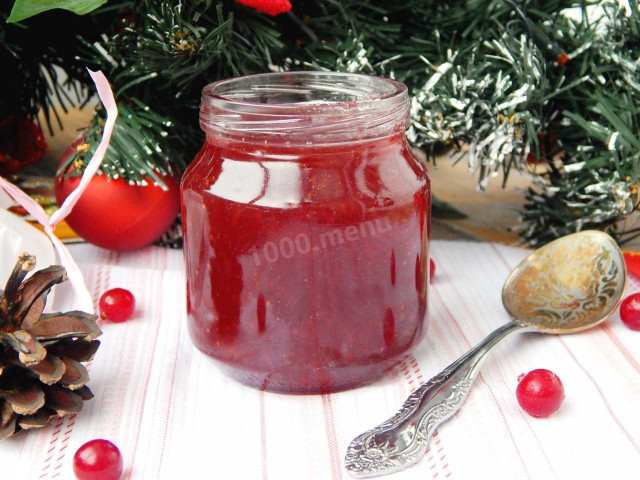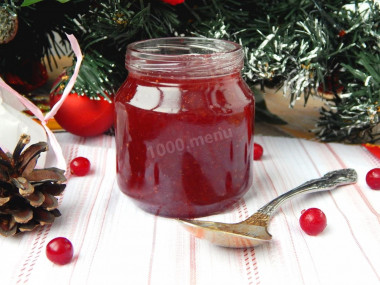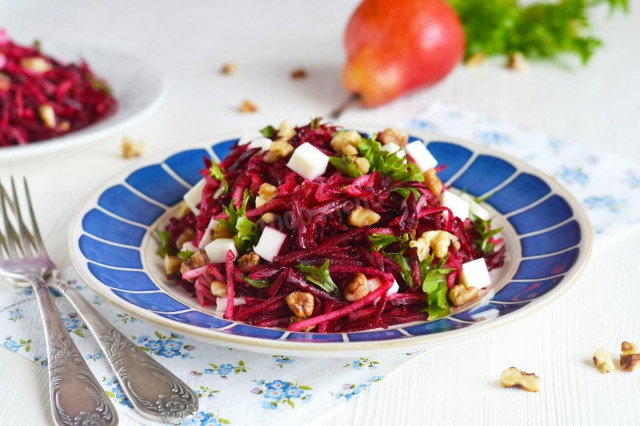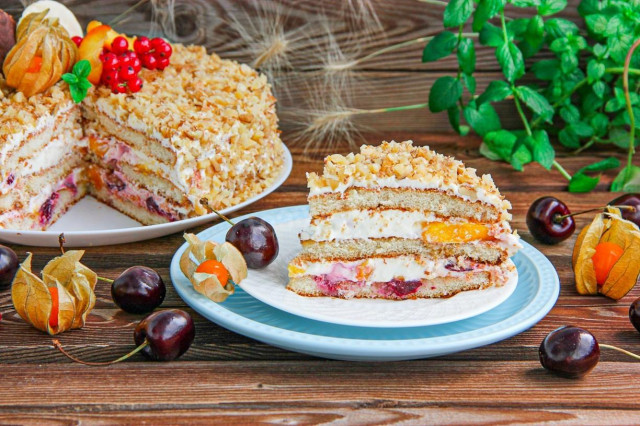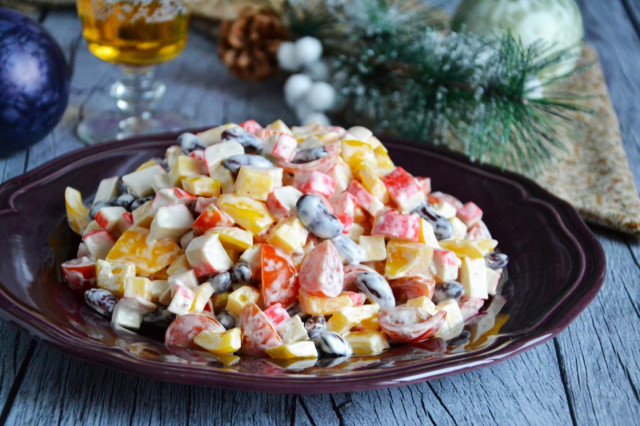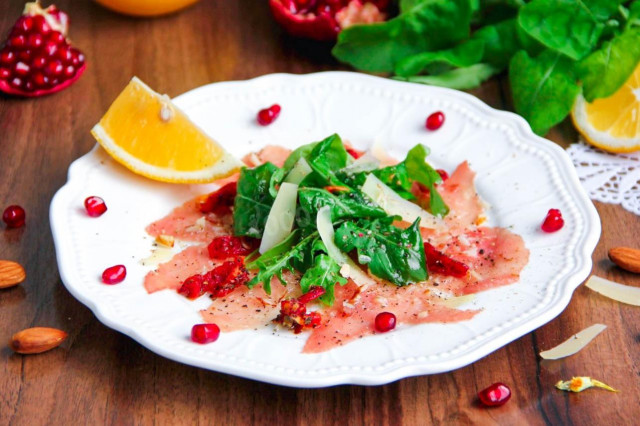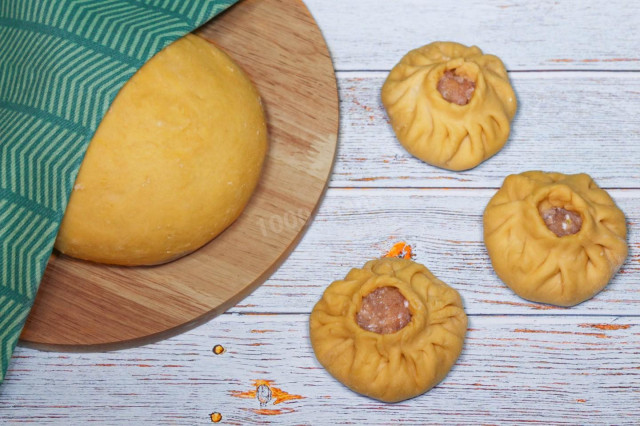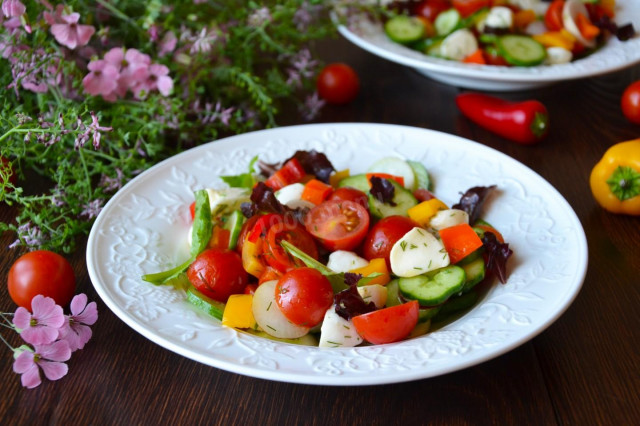Composition / ingredients
Step-by-step cooking
Step 1:
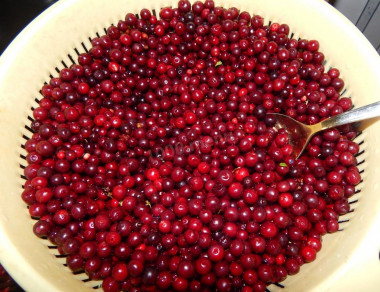
Prepare lingonberries for our preparation. It is better to use berries collected with your own hands from ecologically clean forest plots or purchased during the harvest season from trusted sellers. Lingonberry berries are sorted, we remove garbage, leaves, twigs, rotten and spoiled berries. Then we wash the berries well, throw them into a colander and let the water drain.
Step 2:
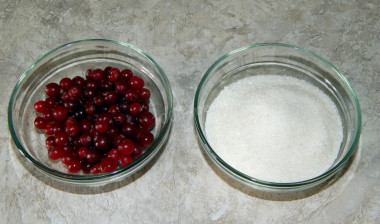
Lingonberries and sugar can be taken for harvesting in equal parts, but those who eat sweeter and who think that lingonberries have a specific bitterness can increase the amount of sugar.
Step 3:
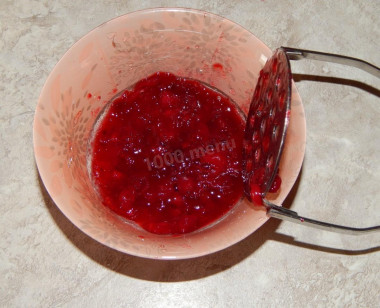
Combine cranberries in a bowl with sugar. Grind them together with a blender or potato press. It is better not to use equipment made of metal, which can oxidize from berry juice and spoil the taste of the finished product.
Step 4:
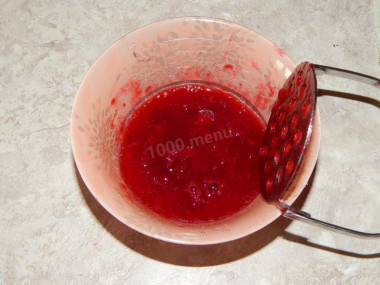
Leave the mixture to stand for a while so that the sugar will disperse. Periodically, we mix the berry mass with a wooden spoon so that the sugar dissolves faster.
Step 5:
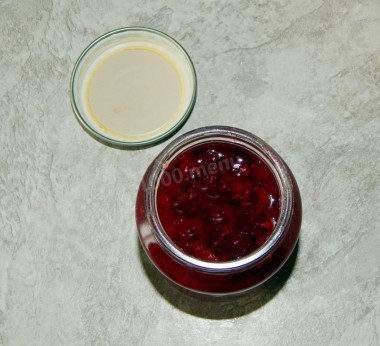
Then the cranberry puree is laid out in pre-prepared jars. It is better to use jars of a small volume so that after opening the lingonberry is not stored for a long time, it is quickly used for food. I wash the cans with soda, sterilize them in one of the proven and reliable ways: in a water bath, in a microwave oven or in an oven. The lids are washed and boiled. Jars with lingonberries are immediately rolled up with lids.
Step 6:
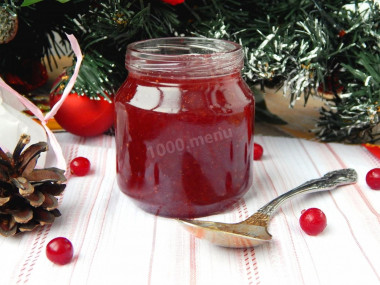
We remove the workpiece for storage in a cool dark place. Useful properties of cranberries with this method of storage are preserved for more than six months. Cranberries, ground with sugar, can be used in winter to prepare fortified fruit drinks, delicious desserts and pastries, or simply served with tea as jam or jam. Bon appetit!
Caloric content of the products possible in the composition of the dish
- Granulated sugar - 398 kcal/100g
- Sugar - 398 kcal/100g
- Lingonberry - 43 kcal/100g

